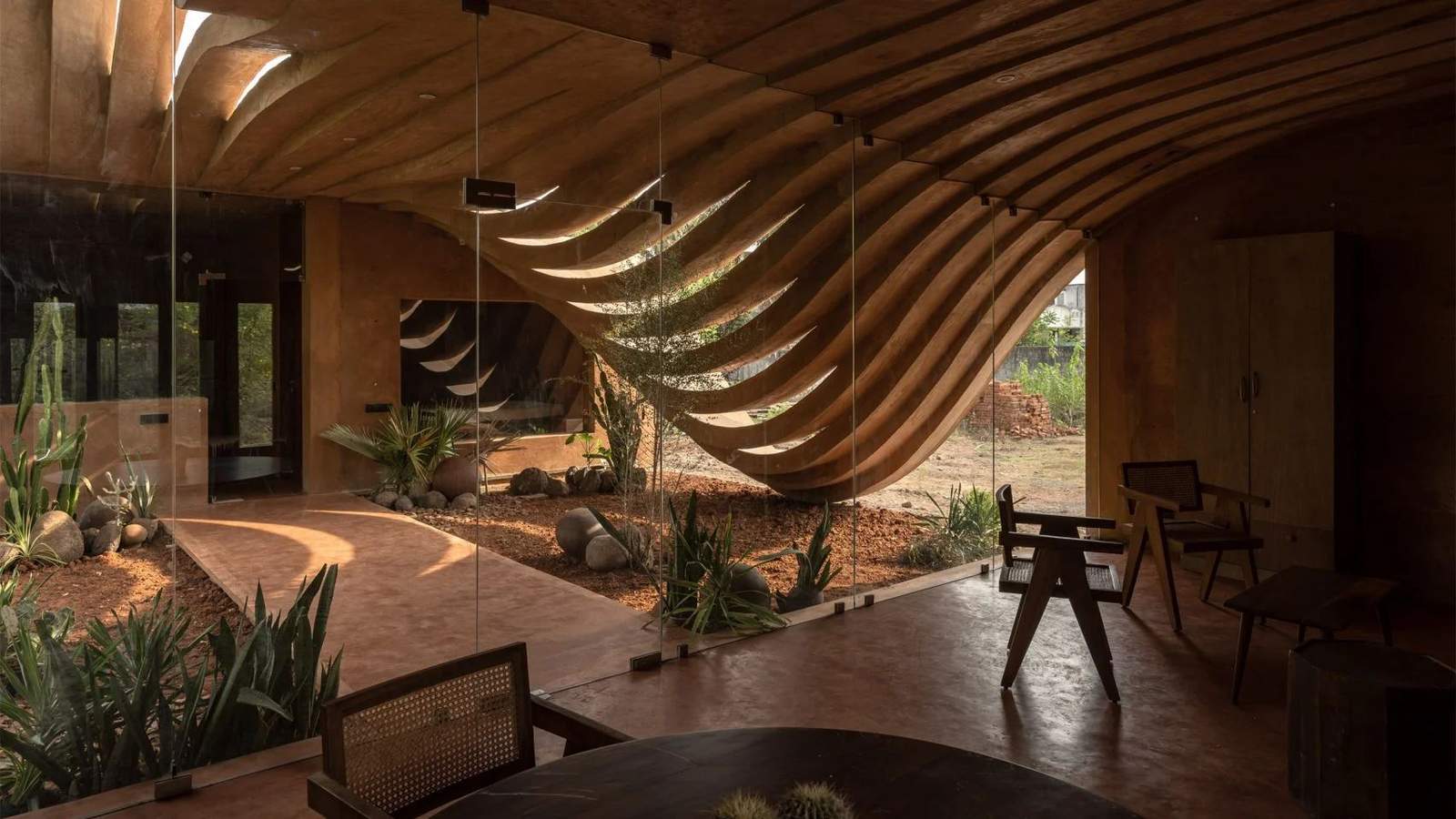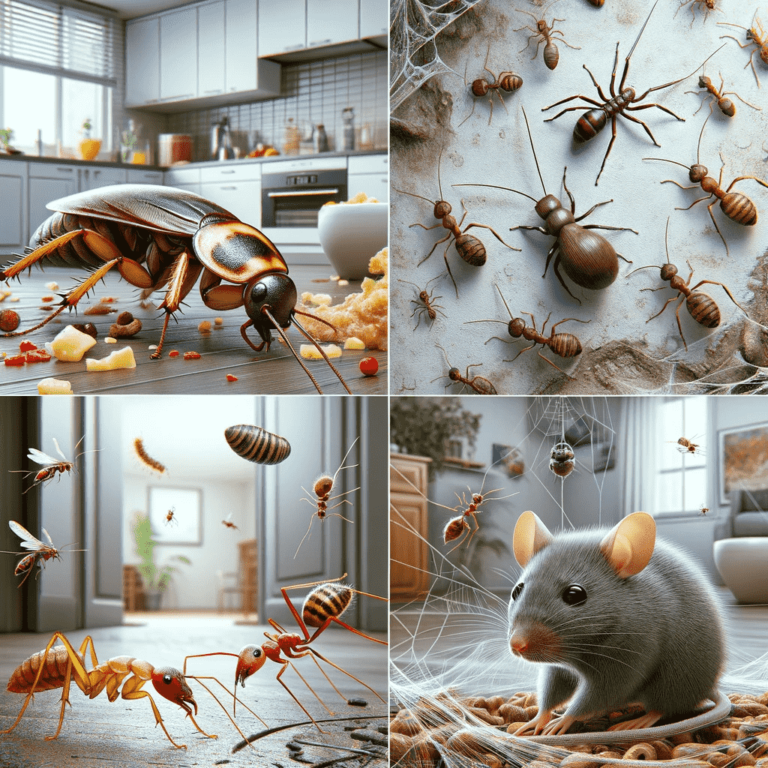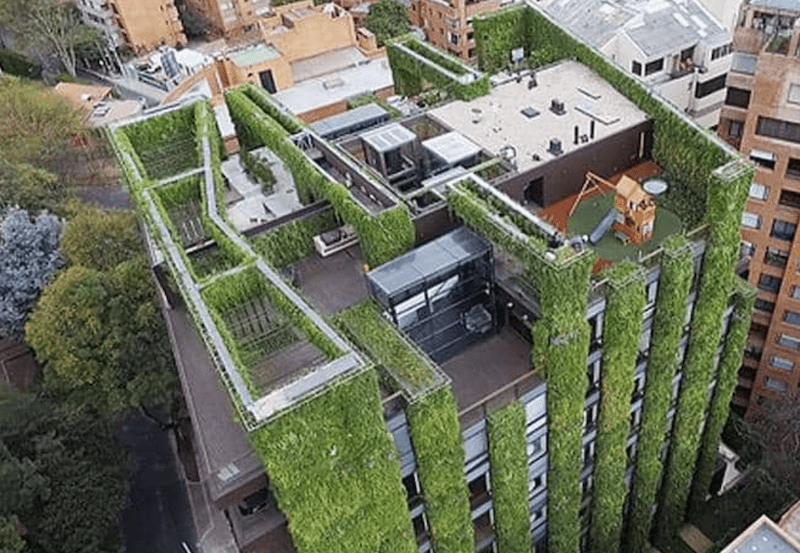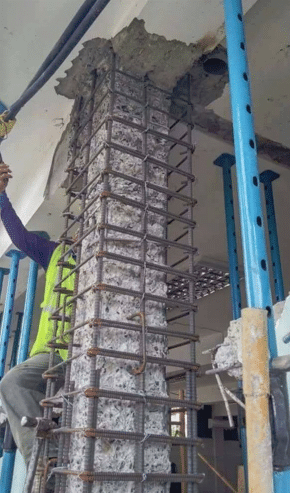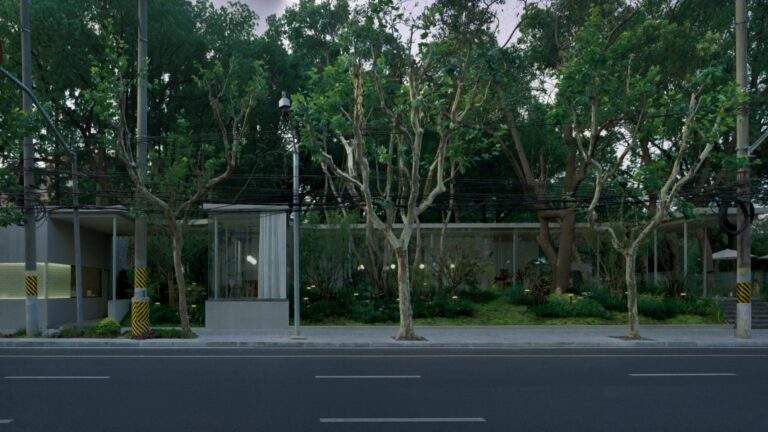VY Architecture Studio: Wave-Like Concrete Roof in India
VY Architecture Studio’s Vaazh House in India is an ambitious experiment in form, but it raises serious questions about the balance between artistic expression and functional living. The home’s most dominant feature—a wave-like concrete roof made from earth-toned ribbons—attempts to impress visually, yet may sacrifice usability and comfort in the process.
Prioritizing Aesthetics Over Livability
While the undulating roof undeniably creates a striking image, its relevance to everyday living remains questionable. The structure leans heavily into sculptural aesthetics, but offers little in terms of functional benefits. The roof’s dramatic form restricts natural light, blocks views, and likely increases maintenance challenges—hardly practical features for a family residence.
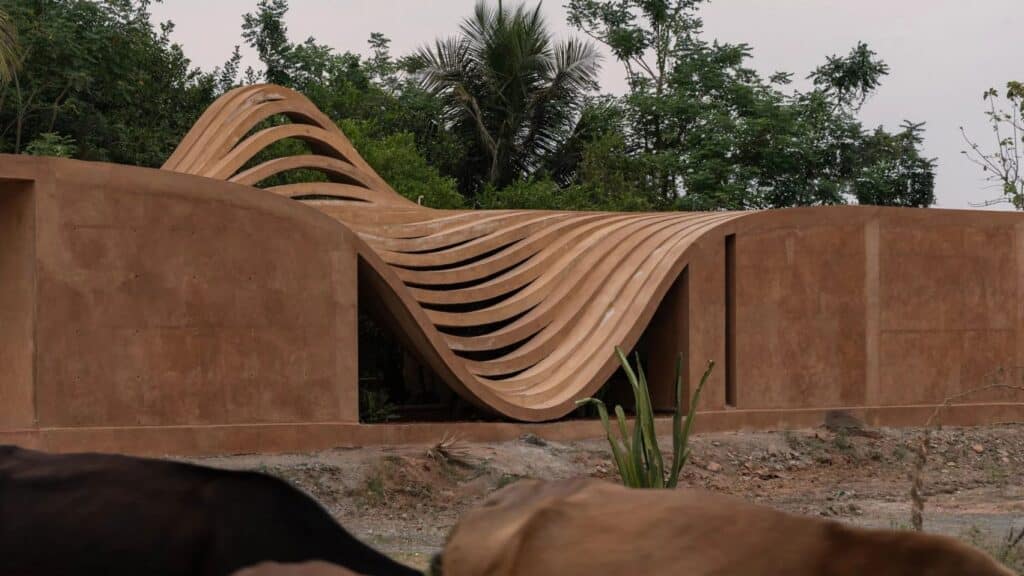
A Confusing Spatial Experience
Beyond its visual spectacle, the design appears to lack clarity in spatial organization. The introverted nature of the house raises concerns about its livability, creating an isolated and disconnected feeling. Instead of promoting openness and flow, the architecture seems to impose barriers between the inhabitants and their surroundings.
Excessive Use of Materials
The abundant use of concrete for purely aesthetic purposes reflects a disregard for environmental and economic considerations. In a time where sustainability is becoming crucial in architecture, relying heavily on concrete without apparent necessity feels tone-deaf and indulgent.
More on ArchUp:
Artistic Statement or Functional Failure?
Vaazh House ultimately seems caught between being a livable space and an art piece—and in trying to be both, it may achieve neither convincingly. While some might admire the sculptural ambition, the project risks alienating those who value practicality, functionality, and a genuine connection to daily life.

